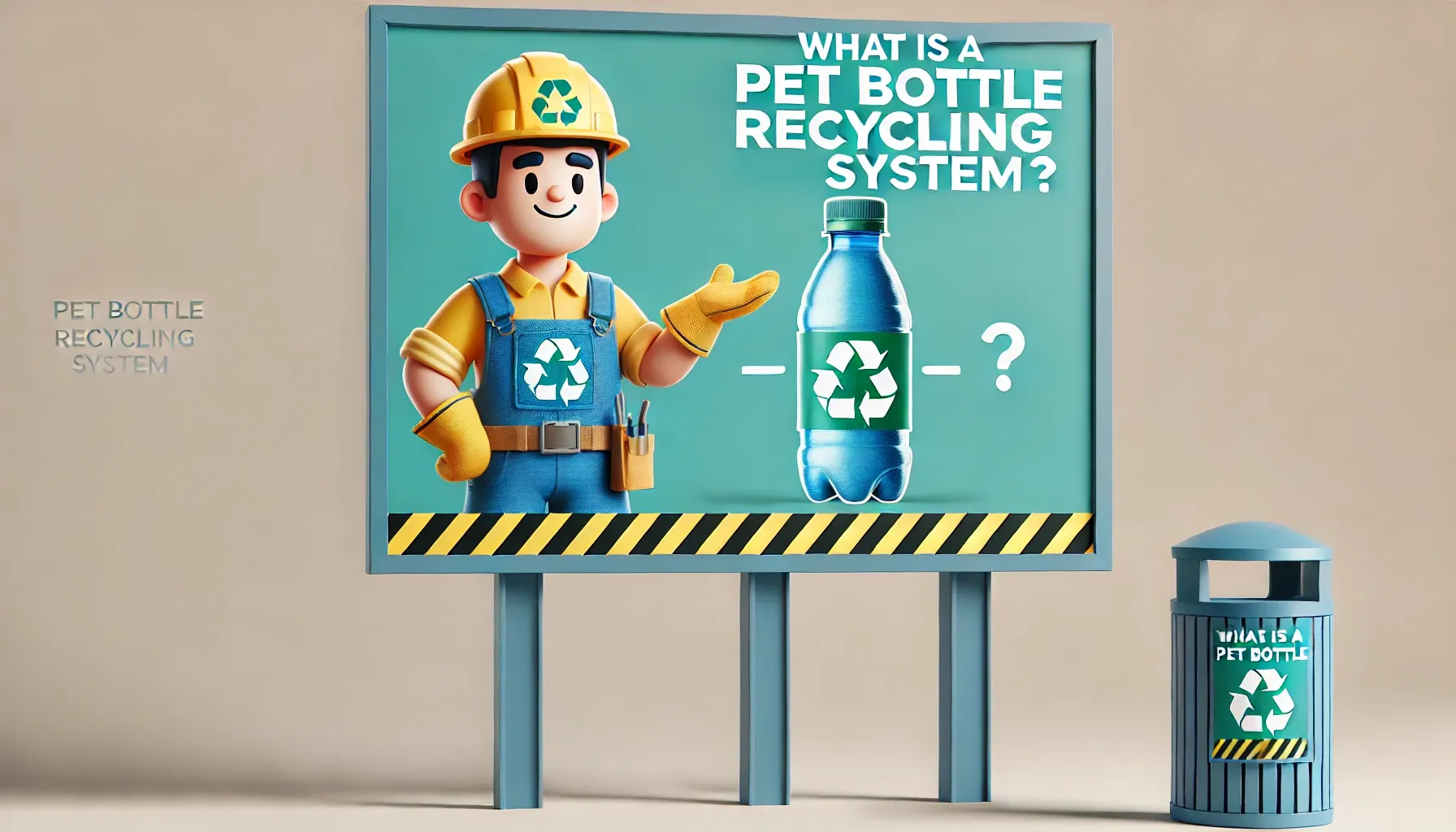Een recyclingsysteem voor PET-flessen is een innovatief proces dat is ontworpen om het steeds groter wordende probleem van plastic afval aan te pakken. Door zich te richten op polyethyleentereftalaat (PET)-flessen helpt dit systeem grondstoffen te besparen en duurzaamheid te bevorderen. Laten we eens duiken in de essentiële stappen van dit recyclingsysteem en de invloed ervan op het milieu.
De fasen van het recyclen van PET-flessen
1. Inning bij consumenten
De reis van een PET-fles in het recyclingsysteem begint bij de inzameling. Consumenten spelen een cruciale rol door hun gebruikte PET-flessen in speciale recyclingbakken te deponeren. Veel gemeenten en steden hebben ophaalprogramma's geïmplementeerd om dit proces eenvoudiger en efficiënter te maken.
2. Transport naar recyclingbedrijven
Na inzameling worden de PET-flessen naar recyclagefaciliteiten gebracht. Deze faciliteiten zijn uitgerust met de nodige technologie om grote hoeveelheden plastic afval te verwerken. Het transport is een kritieke stap omdat het ervoor zorgt dat de flessen de recyclingcentra bereiken waar ze verder verwerkt kunnen worden.
3. Sorteren op type en kleur
In het recyclingbedrijf ondergaan de flessen een grondig sorteerproces. Ze worden gesorteerd op type (bijv. PET vs. andere kunststoffen) en kleur (helder, groen, blauw, etc.). Deze stap is van vitaal belang omdat het de kwaliteit van het gerecyclede materiaal bepaalt. Voor een nauwkeurige sortering worden zowel geautomatiseerde systemen als handmatige arbeid gebruikt.
4. Reinigen
Na het sorteren worden de PET-flessen gereinigd om resten, etiketten of verontreinigingen te verwijderen. Deze stap omvat meestal meerdere wasbeurten met water en soms chemische reinigingsmiddelen. Schone PET-flessen zijn essentieel voor de productie van gerecycled materiaal van hoge kwaliteit.
5. Verwerking tot herbruikbare materialen
De gereinigde en gesorteerde PET-flessen worden vervolgens versnipperd tot kleine vlokken. Deze vlokken worden gesmolten en omgevormd tot pellets, die gebruikt kunnen worden om nieuwe producten te maken. In dit stadium worden de PET-flessen omgevormd tot herbruikbare materialen, waardoor de kringloop in de plasticlevenscyclus wordt gesloten.
Voordelen van het recyclen van PET-flessen
Milieu-impact
Het recyclen van PET-flessen vermindert de hoeveelheid plastic afval die op stortplaatsen en in oceanen terechtkomt aanzienlijk. Het helpt de vervuiling te verminderen en spaart natuurlijke hulpbronnen door de behoefte aan nieuwe plasticproductie te verminderen.
Economische voordelen
De recyclingindustrie creëert banen en stimuleert economische groei. Gerecycled PET kan worden verkocht aan fabrikanten, wat een inkomstenstroom oplevert voor recyclingbedrijven.
Productinnovatie
Gerecycled PET wordt gebruikt om een breed scala aan producten te maken, van nieuwe flessen tot textiel en verpakkingsmateriaal. Dit vermindert niet alleen de hoeveelheid afval, maar stimuleert ook innovatie in productontwerp en productie.
Conclusie
De Recyclingsysteem voor PET-flessen is een veelomvattend proces dat meerdere stadia omvat, die elk een cruciale rol spelen bij het bevorderen van duurzaamheid en het verminderen van plastic afval. Door dit systeem te begrijpen en te ondersteunen, kunnen we bijdragen aan een schonere, groenere planeet.


